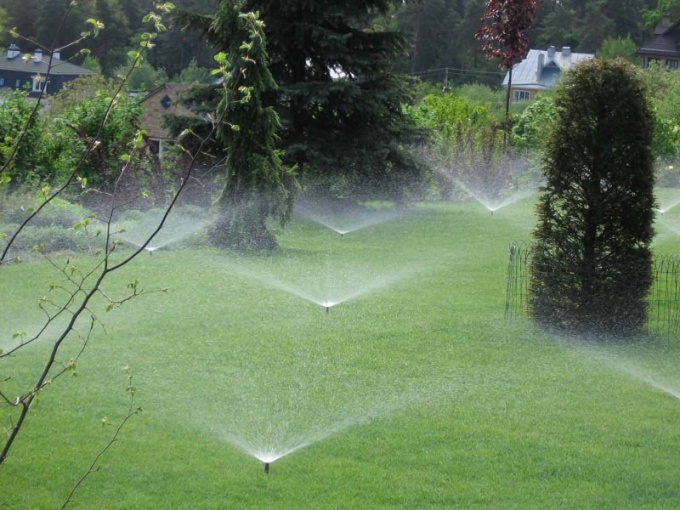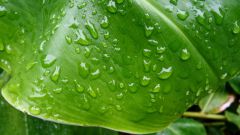You will need
- - a shovel.
Instruction
1
Determine if there is enough moisture in the soil, in the appearance of plants. The lack of moisture the leaves fall and wither. To help can good watering and irrigation. To determine the moisture content of the soil can be another way. Dig the hole to a depth of 20-30 cm and attach the back side of the brush to the wall of the soil slice. If the layer with the roots of dry or slightly moist, you should water the plants.
2
Determine the moisture content of the soil in the earthen ball. To determine the optimal terms and norms of watering plants it is possible to use a small sample. Take a handful of soil and roll it round. If it crumbles in the hand the soil is dry. Here the plants for normal growth require additional watering. When the sample of the earth slightly cools the hand is the fresh soil. When compressed it is almost not decomposed, because filled with water. Such land is suitable for normal growth of plants and requires no irrigation. If you take a sample in hand and on the skin are traces is moist soil. It keeps the ball shape, but when rolling the cord disintegrates. Wet soil is sticky, but is easily formed in the ball, the cord. Wet areas will require additional costs for water abstraction, otherwise they grow some weed.
3
Shows the status of the soil and its appearance. You'll be able to determine its moisture content when selecting a site for a country house. Parched earth of a lighter color, with a cracked crust and dusty with a light wind. In the early and late hours it does not darken from the wet air. Herbaceous cover is dry and yellow. Meet the feathery grasses and lichens. In fresh soil, green moss, cranberries, broad-leaved lungwort, and male fern. In wet ground plants with succulent foliage: many lapchatki, loosestrife and blueberry. Excess moisture immediately noticeable. The water comes to the surface small carpet plants cover the land. Here is dominated by creeping Buttercup, Kukushkin flax, meadowsweet.
Note
If after planting you can water the seeds, roll the soil.
Useful advice
Pay attention to the weeds growing in wet areas. There are a lot of horsetail, core meadow and Timothy.

